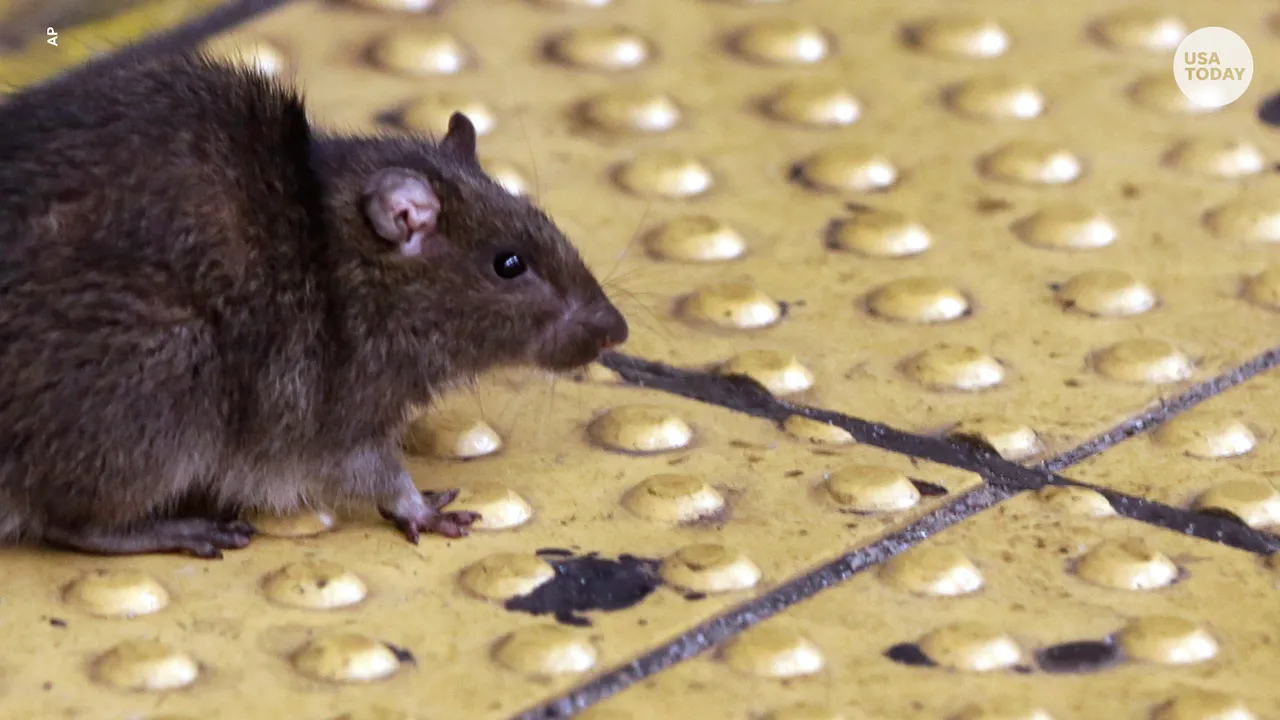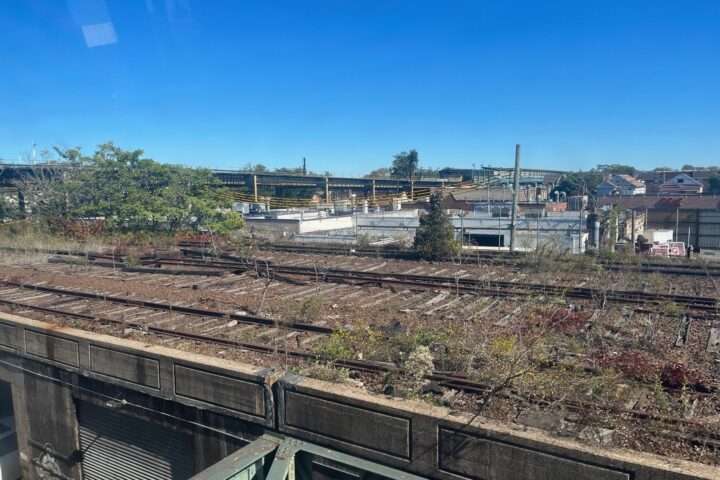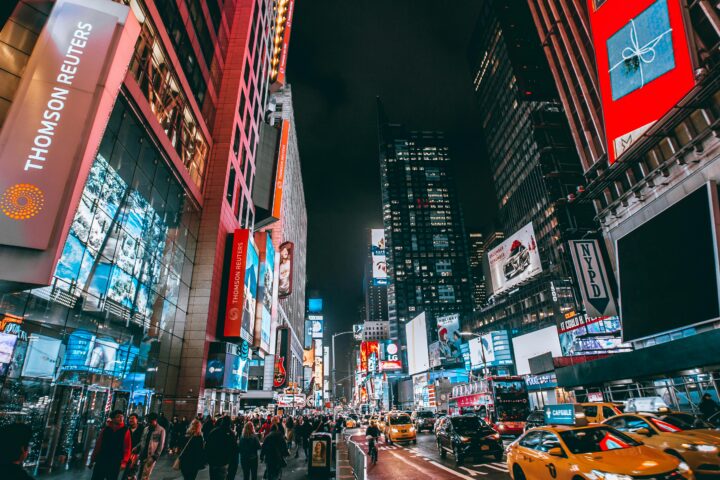New York City is the city with the Empire State Building, Statue of Liberty, dollar slice pizza, and infamously rats. Nearly every New Yorker can attest to rat sightings as a common occurrence throughout the subway system, sidewalk, and any place imaginable. Rats have been residents of New York City since the mid-1700s, long before the subway system — and in fact, before the United States was even a free country. They are truly native New Yorkers but the city, under Mayor Eric Adams, has decided to bring an end to their reign.
In the war against rats, Mayor Adams announced a new battle strategy on Oct. 17th. Joined by members of the City Council, State Assembly, the Department of Sanitation (DSNY), the Mayor announced changes to the city’s trash pick-up schedule. Currently, trash is allowed to be on the street for curbside pick up starting at 4 p.m. the day before. The new plan laid out by the Mayor will reduce the number of hours commercial establishments and residential buildings can have trash out through an array of changes.
For commercial establishments, they can begin placing trash out in a secured container at 7 p.m. or on the curb at 8 p.m. Residential buildings can start placing trash out starting at 6 p.m. in a secured container, 8 p.m. on the curb, or opt-in for an early morning window to place the trash on the curb. DSNY Commissioner Jessica Tisch stated, “New Yorkers want the streets cleaned up, and seeing the bags for a few hours a day instead of more than half the day will make a huge, huge difference.”
Natalie Sanchez, a freshman who resides in the Bronx, has seen an uptick in the presence of rats. In fact, a couple of weeks ago as she was walking in Times Square she came across a dog-sized rat, a surprising sight even for a lifelong New Yorker. In addition to the new pickup schedule implemented by the City, Natalie added, “The government should put more trash bins around each of the boroughs and provide more recycling incentives [to decrease the rat population.]”
Nonetheless, she believes that the mayor’s decision is “a step in the right direction.” Richie Parat, a sophomore majoring in economics added, “Limiting trash for being out on the curb for fewer hours would have the effect of dealing with the issue of the increased presence of rats.”
Gopesh Aggarwal, a sophomore who is a design major, agrees that increases in the rat population are a concerning issue. However, he sees the problem from a different angle as well. Gopesh said, “In controlled numbers, rats are beneficial to the ecosystem as they can serve as food for other animals.” Nonetheless, he added that an uncontrolled rat population could result in the spreading of diseases to humans. City Council Member Kamillah Hanks proclaimed, “This administration is making incredible strides toward a cleaner, healthier New York for all, and I look forward to seeing how these changes will improve our residents’ quality of life.”
New York City and rats: one is not complete without the other. However, rats cannot continue to pose a threat to New York City. Thus, the Mayor has taken action to decrease their population and bring an end to the infamous connection between the city and the native New Yorkers.











